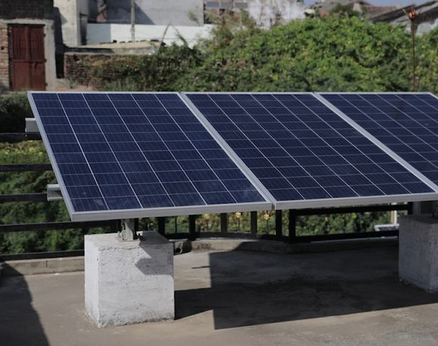A new report published this week lets the British public have a voice in deciding what the next steps should be in preparing the UK to deal with major space weather events such as solar storms.
Space weather has the potential to have a massive negative impact on both Earth and space based systems that we take for granted, such as communications networks. This new report, based on contributions from over 1,000 members of the public, scientific and government experts and from a series of public dialogue events, offers some key recommendations on best practice actions to deal with the impact of such events in the future.
Key recommendations from the report include:
- The development of an on-going programme of guidance for the public on space weather, preferably using existing key national and regional weather forecasts as its communications channel
- Having Government to continue to work closely with industries that operate systems at risk from space weather to ensure and demonstrate that the UK has overall systems resilience to space weather
- Ensuring the public have clarity about space weather, how it might affect them and what plans are in place to deal with it.
Professor Mike Hapgood, Head of Space Weather at STFC RAL Space, highlighted the importance of the project 'We welcomed the opportunity to explore how the public feel about the risk from space weather, how we as scientists can explain the real risk and overcome the exaggeration sometimes seen in media stories, and ultimately what we are all prepared to do to reduce the risk'.
The significance of this hazard has been emphasised by the inclusion of severe space weather in the UK National Risk Register (NRR) since 2012.
Our important national infrastructure has become highly dependent on the communications, navigation, timing, meteorological and other services that are provided by space-based systems. If solar storms were to disrupt these satellite systems for an extended period, then many services that we currently take for granted would be affected. Major solar storms also have the potential to directly affect infrastructure on the Earth itself. Crucial capabilities, such as the power distribution network, could be put at risk by the large induced currents that solar storms can create.
















